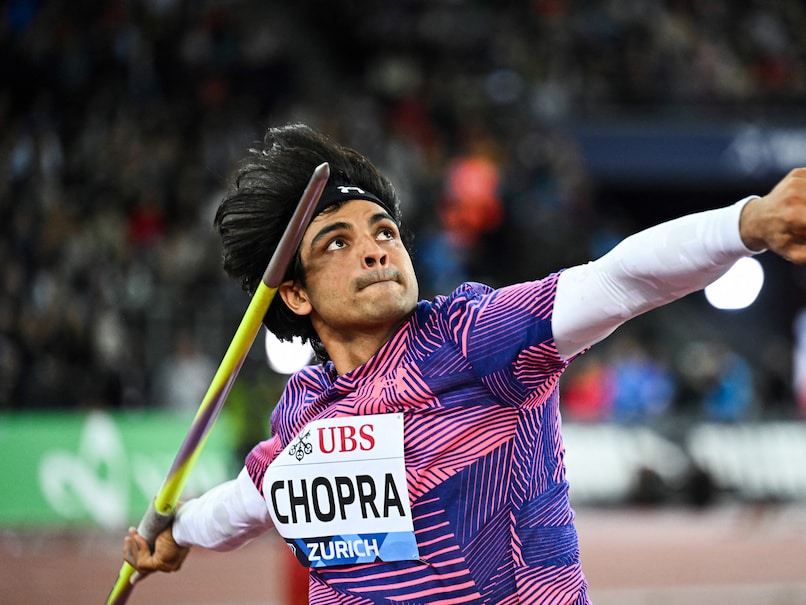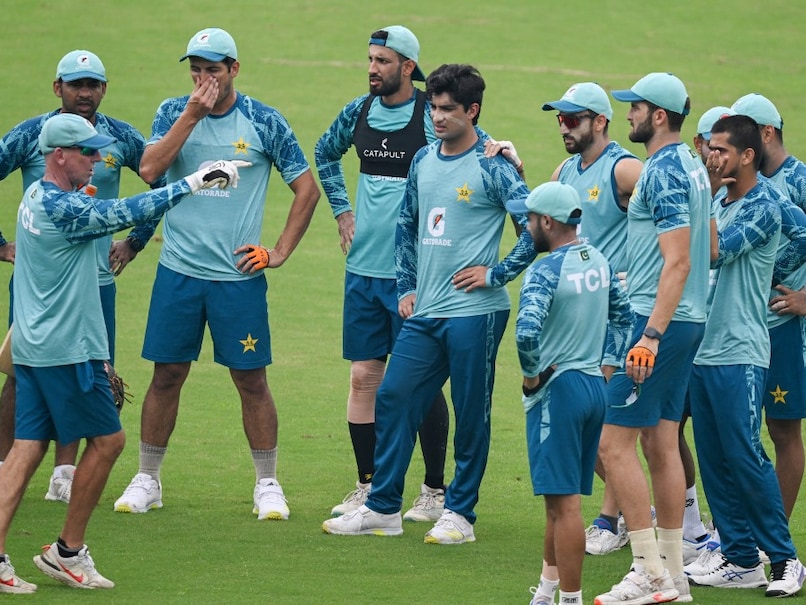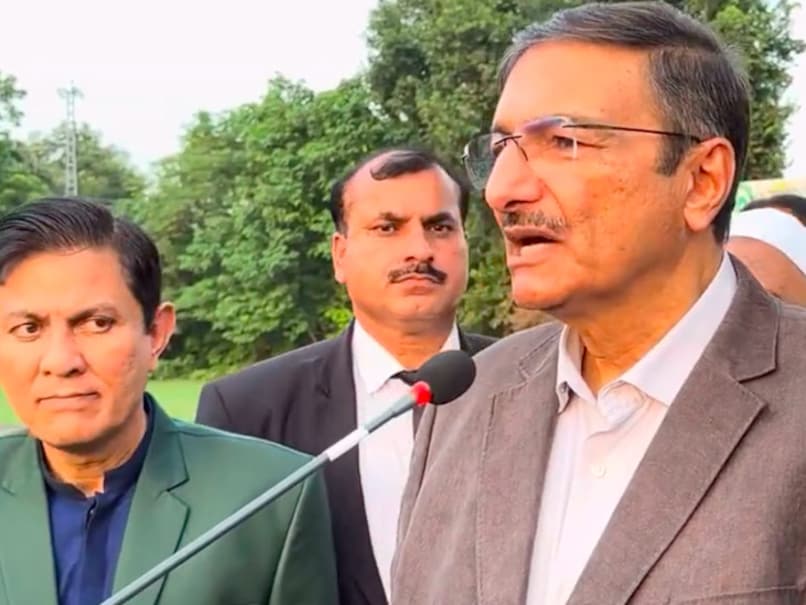As Australia gears up for the third Test of the Border-Gavaskar Trophy against India, former Aussie opener David Warner has stressed the importance of the top order delivering big runs, given the “relentless” nature of the Indian bowling attack when they operate in partnerships. The third Test of the series is set to begin on December 14 at the Brisbane Cricket Ground. Following a humbling 295-run defeat to the visitors at Perth’s Optus Stadium–where standout performances from Jasprit Bumrah, KL Rahul, Virat Kohli, and Yashasvi Jaiswal shone through–the hosts made a strong comeback. Exceptional bowling displays from Mitchell Starc and Pat Cummins, along with a counter-attacking century by Travis Head, helped Australia secure a dominant 10-wicket win, chasing a modest target of 19 runs.
Speaking to the media on Wednesday, as quoted by Wide World of Sports, Warner urged the Australian batters to step up their game, alleviating the pressure on the pacers.
“I think the pressure is on all of the top order, not just Uzzie (Usman Khawaja). Travis came out and counterpunched with a brilliant hundred–we know he’s capable of that–but it’s about everyone else around him providing support,” Warner remarked.
“It’s not just one player in particular; it’s the top six scoring bulk runs and giving the fast bowlers a break. The first game was high-paced, but in the last one, we saw Mitchell Starc at his best with the pink ball. Come Brisbane, we need to see some big runs from the top order.”
“This Indian bowling attack is relentless when they bowl in partnerships. If they maintain the intensity we saw with Bumrah the other day, the boys will need to dig deep and put big runs on the board,” he added.
Warner’s concern is well-founded. Key batters have struggled to perform this series, including Khawaja (308 runs in seven Tests at an average of 25.66, with one fifty in 14 innings), Steve Smith (232 runs in seven Tests at 23.20, with one fifty in 13 innings), Marnus Labuschagne (309 runs in seven Tests at 28.09, with four fifties in 13 innings), Mitchell Marsh (272 runs in seven Tests at 24.72, with two fifties in 11 innings), and Alex Carey (317 runs in seven Tests at 31.70, with two fifties in 11 innings).
Travis Head, however, has been the standout performer, amassing 438 runs in seven Tests at an average of 39.81, with two centuries and a fifty in 11 innings. Despite his relatively limited contributions in terms of quantity, Head looks to be the most in-form batter among Australia’s top-order players.
Warner also commended opener Nathan McSweeney for his temperament and handling of the role under challenging conditions.
“He’s faced four of the five toughest challenges for an opening batsman and handled them well. The intent he showed the other day was promising. While there were questions about his selection, his performance shows why he was chosen. He has a good temperament and setup, and I think he has a bright future ahead,” said Warner.
McSweeney, after low scores of 0 and 10 in Perth, impressed with a composed 39 in Adelaide, contributing to a half-century stand with Labuschagne, followed by an unbeaten 10 in the second innings.
Despite growing calls for U19 sensation Sam Konstas to make his debut, Warner believes it’s a decision for the selectors and that Konstas may not yet be ready.
“That’s up to the selectors. If they thought he was ready, they would have picked him by now,” Warner stated.
Konstas played a vital role in Australia’s ICC U19 World Cup 2024 triumph, scoring 191 runs in seven innings at an average of 27.28, including a century. He also impressed in the series between Australia A and India A ahead of the Border-Gavaskar Trophy, scoring 92 runs in four innings, highlighted by a match-winning 73*. In the warm-up pink-ball game against India, he stamped his authority with a classy 107 off 97 balls against a formidable Indian attack.
In the ongoing Sheffield Shield season, Konstas is the fifth-highest run-getter with 471 runs in five matches at an average of 58.87, including two centuries and a fifty, with a best score of 152.
Topics mentioned in this article
















